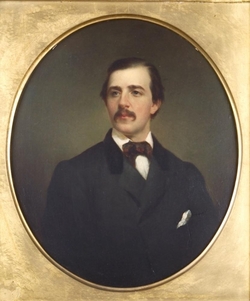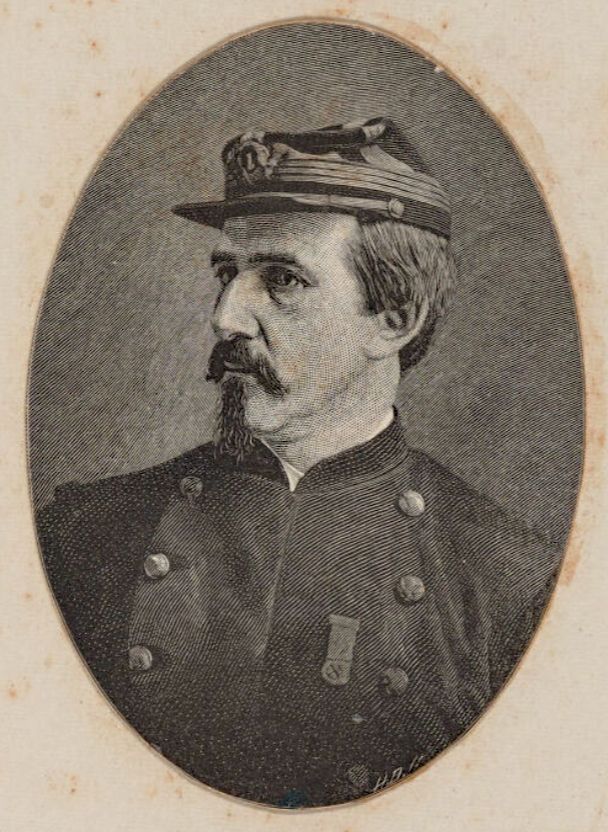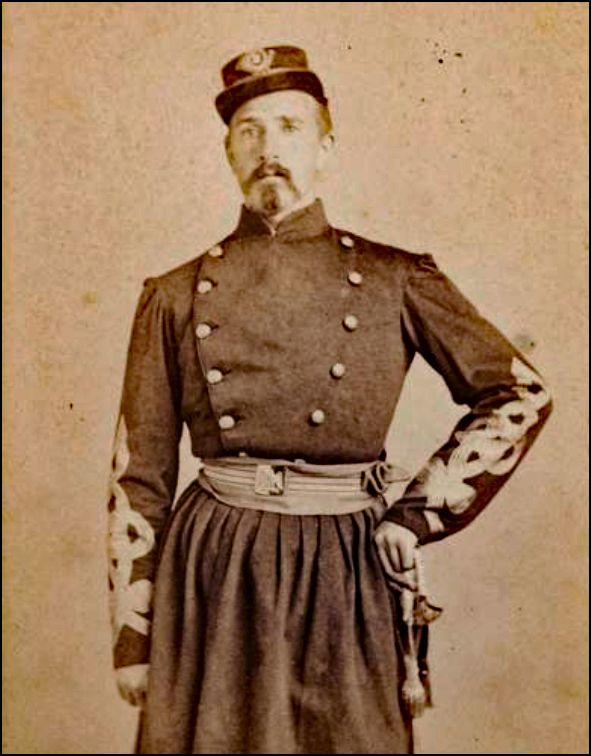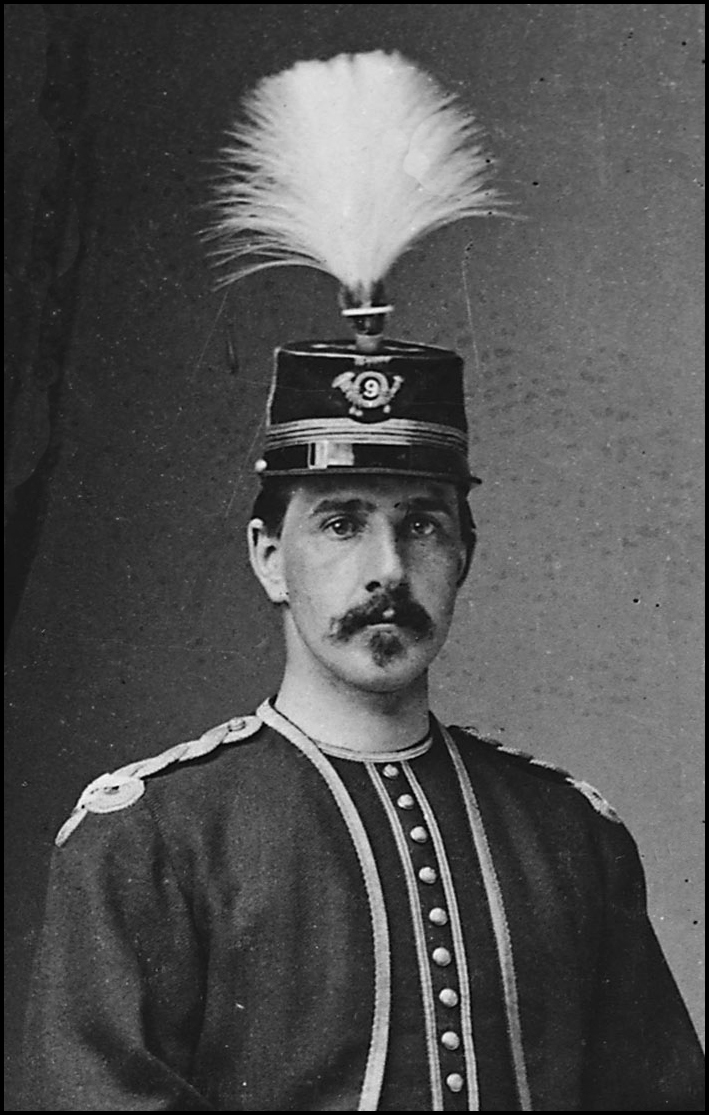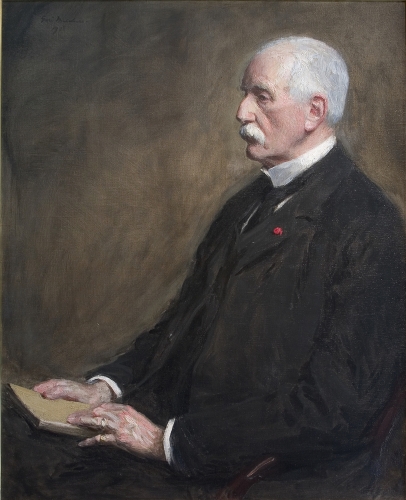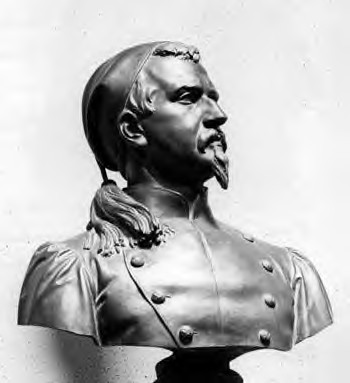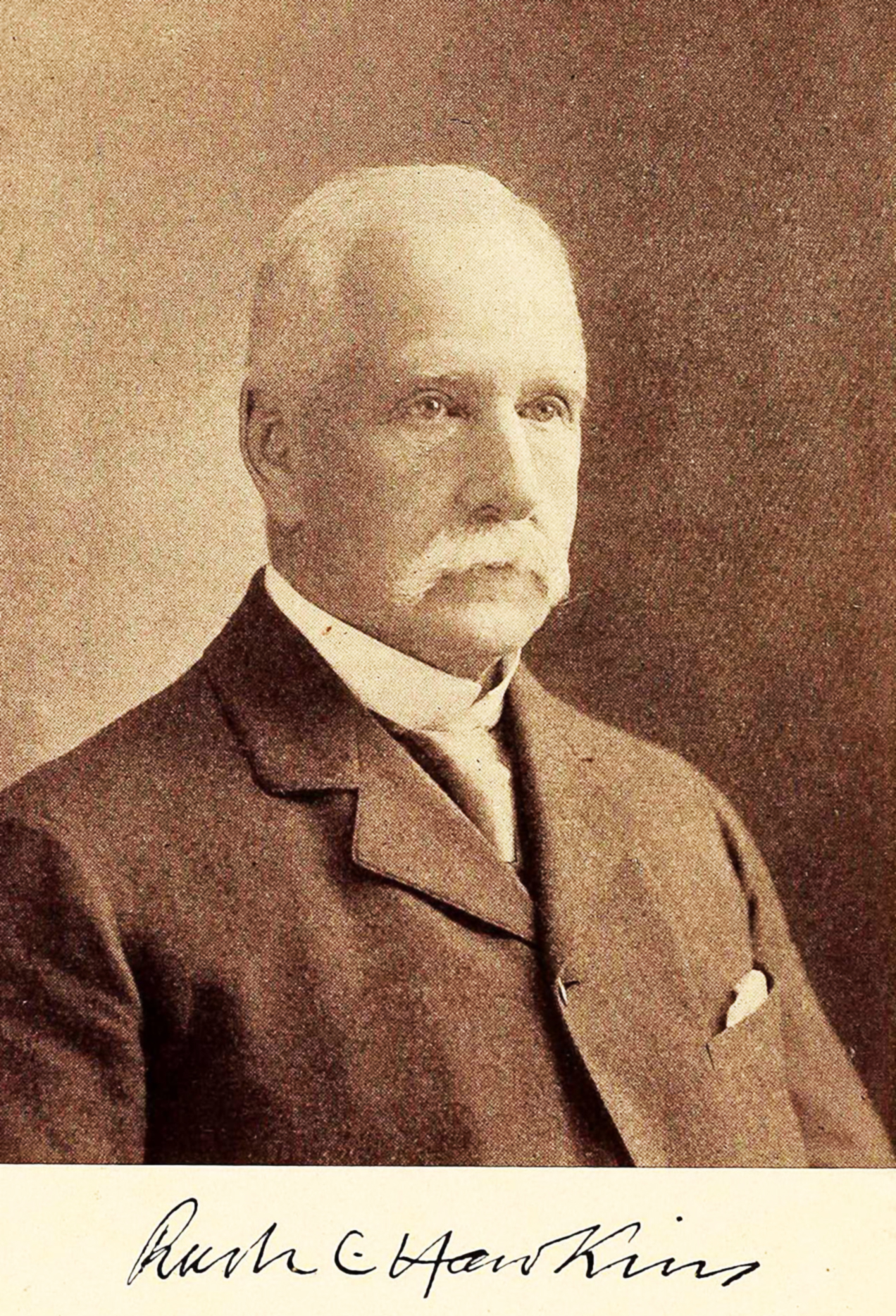Hawkins was a renowned book collector, specializing in early print editions, and as a noted art connoisseur and collector of early modern representational paintings. Catalogs of his extensive and exquisite collections were published. He felt committed to what he considered refining the American public's aesthetic sense and taste for fine art. He was appointed assistant "Commissaire Expert des Beaux Arts" for the United States Commission at the 1889 Universal Exposition in Paris. The rejection of ten of James McNeill Whistler's twenty-seven submissions for inclusion in the representative selection of American art caused an open dispute between Hawkins and Whistler. Their artistic feud was publicly conducted in the pages of the Paris edition of The New York Herald and later memorialized in Whistler's extended essay "The Gentle Art of Making Enemies". Christopher Rush Hawkins died at the age of 89, when he was struck by an automobile while crossing a street near his home in New York City.
Hawkins was a renowned book collector, specializing in early print editions, and as a noted art connoisseur and collector of early modern representational paintings. Catalogs of his extensive and exquisite collections were published. He felt committed to what he considered refining the American public's aesthetic sense and taste for fine art. He was appointed assistant "Commissaire Expert des Beaux Arts" for the United States Commission at the 1889 Universal Exposition in Paris. The rejection of ten of James McNeill Whistler's twenty-seven submissions for inclusion in the representative selection of American art caused an open dispute between Hawkins and Whistler. Their artistic feud was publicly conducted in the pages of the Paris edition of The New York Herald and later memorialized in Whistler's extended essay "The Gentle Art of Making Enemies". Christopher Rush Hawkins died at the age of 89, when he was struck by an automobile while crossing a street near his home in New York City.
